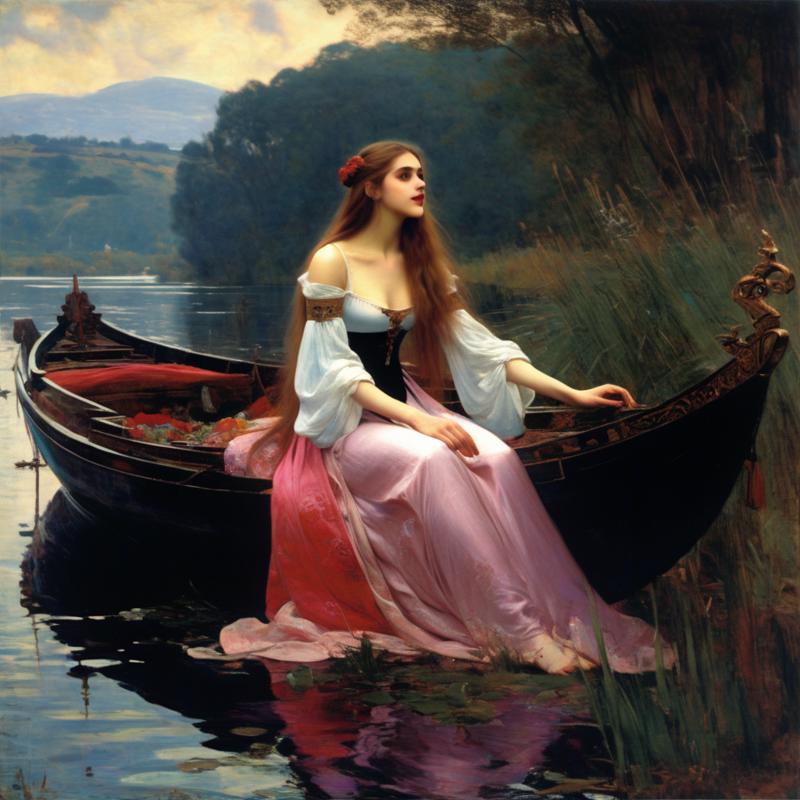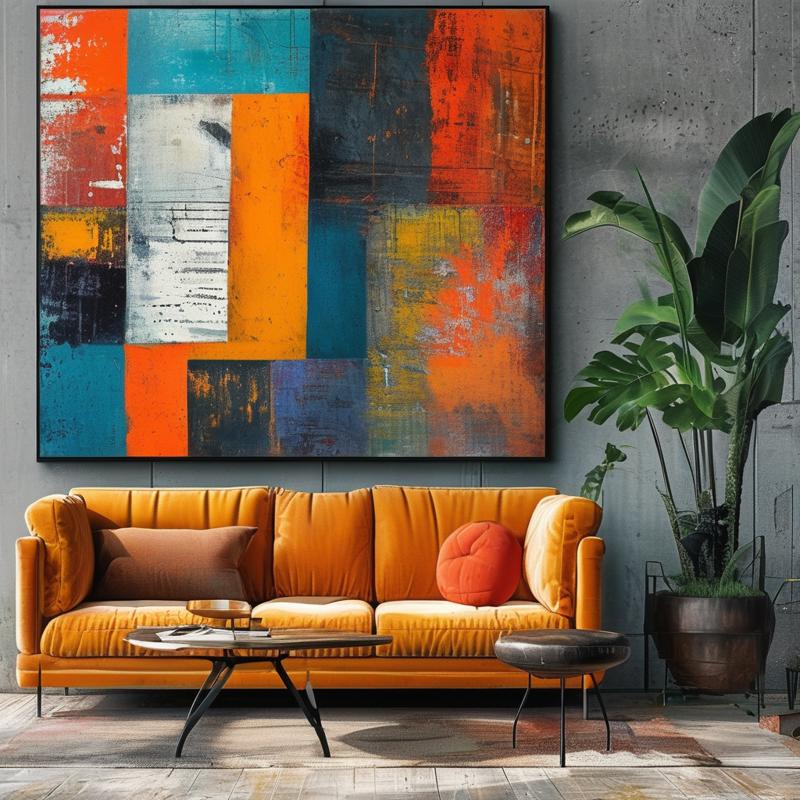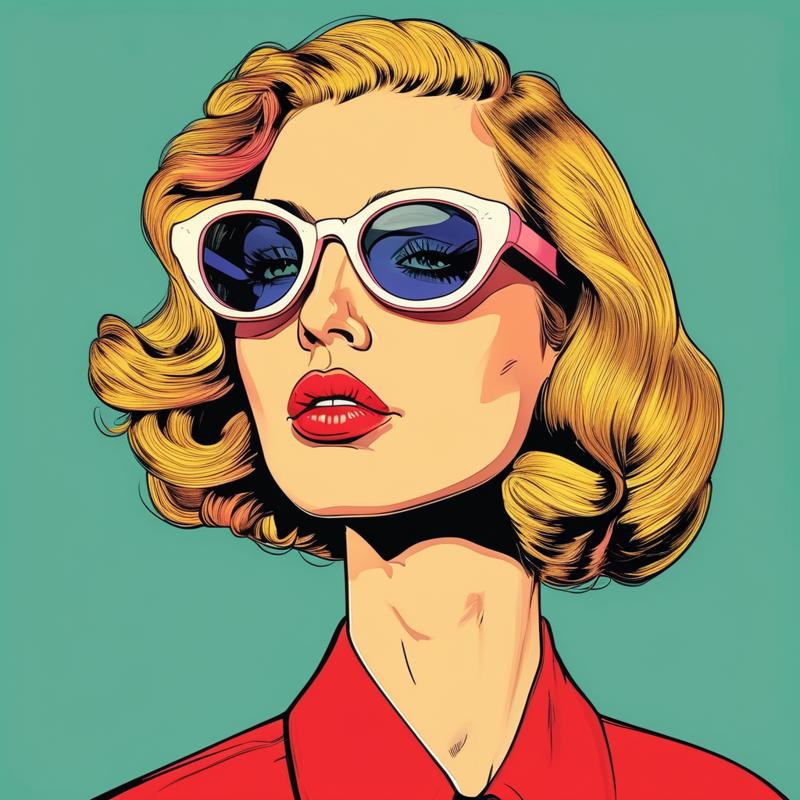"Exploring Art Styles for Creative Modeling: Find the Perfect Vibe to Elevate Your Concept and Add a Unique Flair to Your Artwork."..
There are a myriad of art styles throughout history, each with its own distinct characteristics and cultural significance. Here's a detailed look at some prominent art styles that have shaped the art world:
Prehistoric Art

Cave Paintings and Petroglyphs:
Originating in prehistoric times, these artworks were created by early humans on cave walls and rocks.
Example: Lascaux Cave Paintings in France, depicting animals and hunting scenes.
Classical Art

Greek and Roman Art:
Focused on realism, proportion, and idealized beauty.
Famous works include Greek sculptures like the Venus de Milo and Roman architectural marvels like the Pantheon.
Medieval Art

Gothic Art:
Characterized by intricate details, religious themes, and the use of light and stained glass.
Example: Notre Dame Cathedral with its grand stained glass windows.
Renaissance Art

Renaissance:
Marked by a revival of classical learning and a focus on humanism and naturalism.
Prominent artists: Leonardo da Vinci (Mona Lisa), Michelangelo (David, Sistine Chapel ceiling).
Baroque Art

Baroque:
Dramatic, bold, and ornate, often with intense contrasts of light and shadow.
Famous artists: Caravaggio, Rembrandt, and Rubens.
Rococo Art

Rococo:
Light, playful, and decorative, often featuring themes of love and nature.
Notable works: The Swing by Jean-Honoré Fragonard.
Neoclassical Art

Neoclassicism:
Inspired by the classical art and culture of ancient Greece and Rome, emphasizing simplicity and symmetry.
Example: Jacques-Louis David’s Oath of the Horatii.
Romantic Art

Romanticism:
Emphasizes emotion, individualism, and the sublime beauty of nature.
Key figures: Caspar David Friedrich, J.M.W. Turner.
Realist Art

Realism:
Focus on depicting everyday life and ordinary people with accuracy and truth.
Example: Gustave Courbet’s The Stone Breakers.
Impressionist Art

Impressionism:
Characterized by light, color, and capturing a moment in time, often with visible brush strokes.
Iconic artists: Claude Monet (Water Lilies), Pierre-Auguste Renoir.
Modern Art

Cubism:
Developed by Pablo Picasso and Georges Braque, featuring fragmented and abstracted forms.
Example: Picasso’s Les Demoiselles d'Avignon.
Surrealism:
Focused on unlocking the unconscious mind, featuring dreamlike and bizarre imagery.
Key figures: Salvador Dalí, René Magritte.
Contemporary Art

Abstract Expressionism:
Emphasizes spontaneous and automatic creation, often non-representational.
Notable artist: Jackson Pollock.
Pop Art:
Incorporates imagery from popular and mass culture, such as advertisements and comic strips.
Example: Andy Warhol’s Campbell's Soup Cans.
Here are ten lesser-known facts about various art styles that might surprise you:
Dadaism: The movement's name, "Dada," was reportedly chosen at random from a French-German dictionary, reflecting the movement's embrace of chaos and absurdity12.
Surrealism: Salvador Dalí once claimed that his paintings were so realistic that they could be mistaken for photographs, a testament to his skill in creating dreamlike, lifelike images2.
Impressionism: Claude Monet's "Impression, Sunrise" was initially intended to be a simple sketch, but it became the namesake for the entire Impressionist movement2.
Pop Art: Andy Warhol's "Campbell's Soup Cans" was inspired by his love for everyday consumer goods and his fascination with mass production and consumer culture2.
Abstract Expressionism: Jackson Pollock's unique technique of dripping and splashing paint onto a canvas laid on the floor was initially seen as unskilled and chaotic by some critics2.
Cubism: Pablo Picasso and Georges Braque's Cubist works were often misunderstood and ridiculed when they first appeared, as they broke away from traditional representation and perspective2.
Futurism: The Futurist movement celebrated modernity and technology but also glorified war and violence, which led to controversy and criticism2.
Minimalism: Minimalist artists like Donald Judd and Agnes Martin often used industrial materials and simple geometric forms to create their works, challenging traditional notions of art2.
Gothic Art: The intricate and often macabre nature of Gothic art was designed to inspire awe and fear, with its dark, somber colors and detailed carvings in cathedrals2.
Street Art: Once considered vandalism, street art has evolved into a respected form of artistic expression, with artists like Banksy using public spaces to make bold political statements2.
I hope you found these facts as fascinating as I do! Do any of these stand out to you


